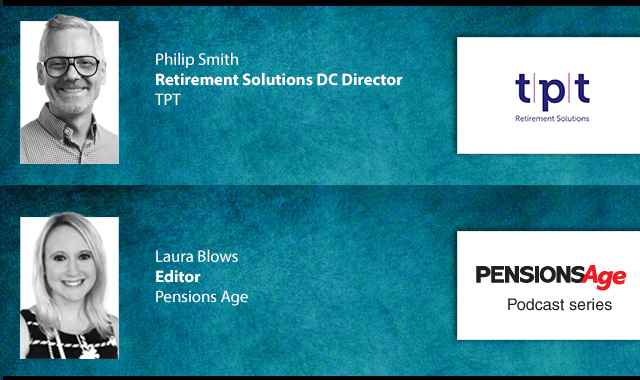Reader question:
Having read the recent blog on Pensions Age, what I don’t understand is how a flat-rate level of tax relief applies to defined benefit schemes. Given that most such schemes are underfunded and require top up from the employer, is it fair that the employees concerned get full tax relief? Why should the tax relief on DC schemes be different to that of DB schemes?
Steve Picot, COO, Stamford Group
Answer:
That is a very good question. I suspect one of the reasons HM Treasury has delayed implementation (allegedly at this point) is that they couldn’t work out how to deal with flat rate tax relief on DB pensions.
Personal contributions are relatively easy. The problem comes with employer contributions. I suspect HMRC would simply have to use a factor (eg 16 or 20) times the new pension accrued in the year less the member contribution. As you allude though, I don’t see how you could be taxed in respect of any deficit contributions and that could lead to problems with the gaming of funding rates.
On the other hand if you simply excluded DB schemes from the flat rate relief, it would look like special pleading for the public sector – whose employees comprise over two thirds of all active DB members.
Equally it would mean a dual system of relief for hybrid schemes (including those that offer access to DC style additional voluntary contribution arrangements). There are DC plans with a DB underpin that oscillate from DB to DC on a regular basis depending on whether the underpin bites. And good luck explaining to members of Cash Balance schemes that although their schemes are DB from a pension legislation perspective (including funding) they are DC from a tax perspective.
At a simpler level, there are also questions on how the tax on DB benefit value would be calculated and paid. If you earn £40,000 a year (and are therefore a basic rate taxpayer) and are in an 80th DB scheme, you will accrue £500 pa pension, which will be valued at, say 16 times, that is £8,000. If you contributed 7 per cent in personal contributions (£2,800) the residual employer ‘contribution’ would be deemed to be £6,200. But if you add that to £40,000 (or even £37,200 net of your own contributions) it would (currently) push you into the higher rate tax band.
So you would get a tax bill for the difference. ‘Scheme pays’, as a way of funding that tax bill, only applies if the extra tax amounts to more than £2,000. I think you could therefore expect lots of unhappy DB members, who don’t think of themselves as higher rate tax payers, but get hit with a bill.
Of course similar circumstances could apply to DC members, it is just that DB valuations are rather more complex and confusing. Equally, HMRC could avoid grossing up taxable earnings to include the employer contribution – but that would almost certainly lead to increases in salary sacrifice or pension scheme redesign, in other words avoidance measures.
Andrew Cheseldine, Partner, LCP
Latest News
-
Govt and regulators launch consultation on VfM framework
-
Industry backs updated VfM framework but warns further refinements needed
-
PDP proposes industry group to support delivery of private sector dashboards
-
Fourth iteration of national LGPS framework launches to meet ‘Fit for the Future’ reforms
-
AI tools repeatedly give wrong answers on pensions, research finds
-
Pensions UK urges ‘practical, proportionate reform’ for LGPS
Private markets – a growing presence within UK DC
Laura Blows discusses the role of private market investment within DC schemes with Aviva Director of Investments, Maiyuresh Rajah
The DB pension landscape
Pensions Age speaks to BlackRock managing director and head of its DB relationship management team, Andrew Reid, about the DB pensions landscape
Podcast: From pension pot to flexible income for life

Podcast: Who matters most in pensions?

In the latest Pensions Age podcast, Francesca Fabrizi speaks to Capita Pension Solutions global practice leader & chief revenue officer, Stuart Heatley, about who matters most in pensions and how to best meet their needs
© 2019 Perspective Publishing Privacy & Cookies










Recent Stories